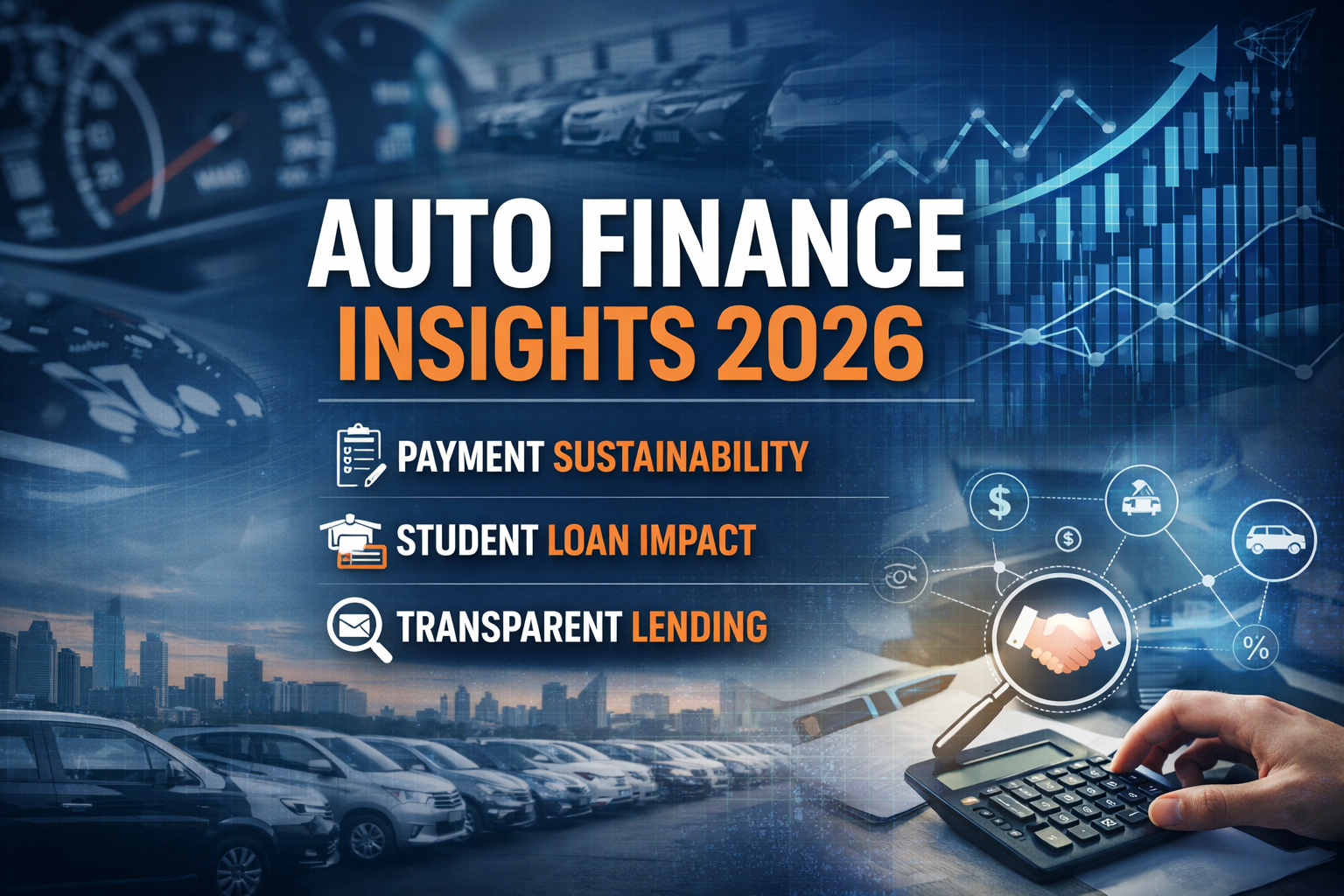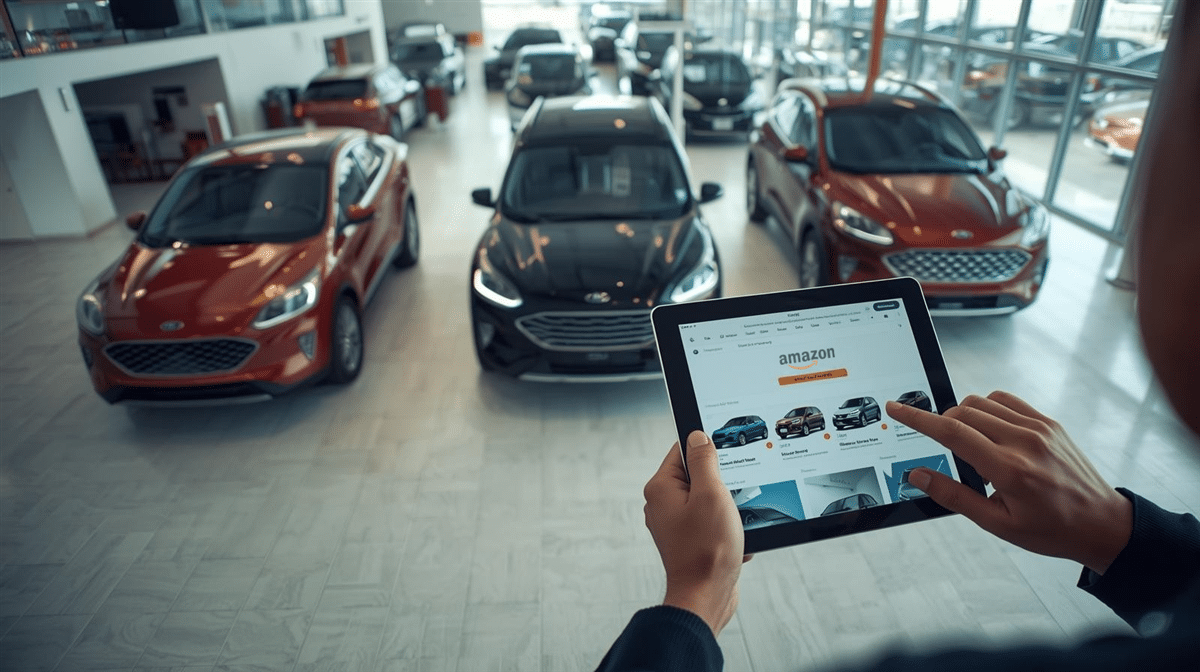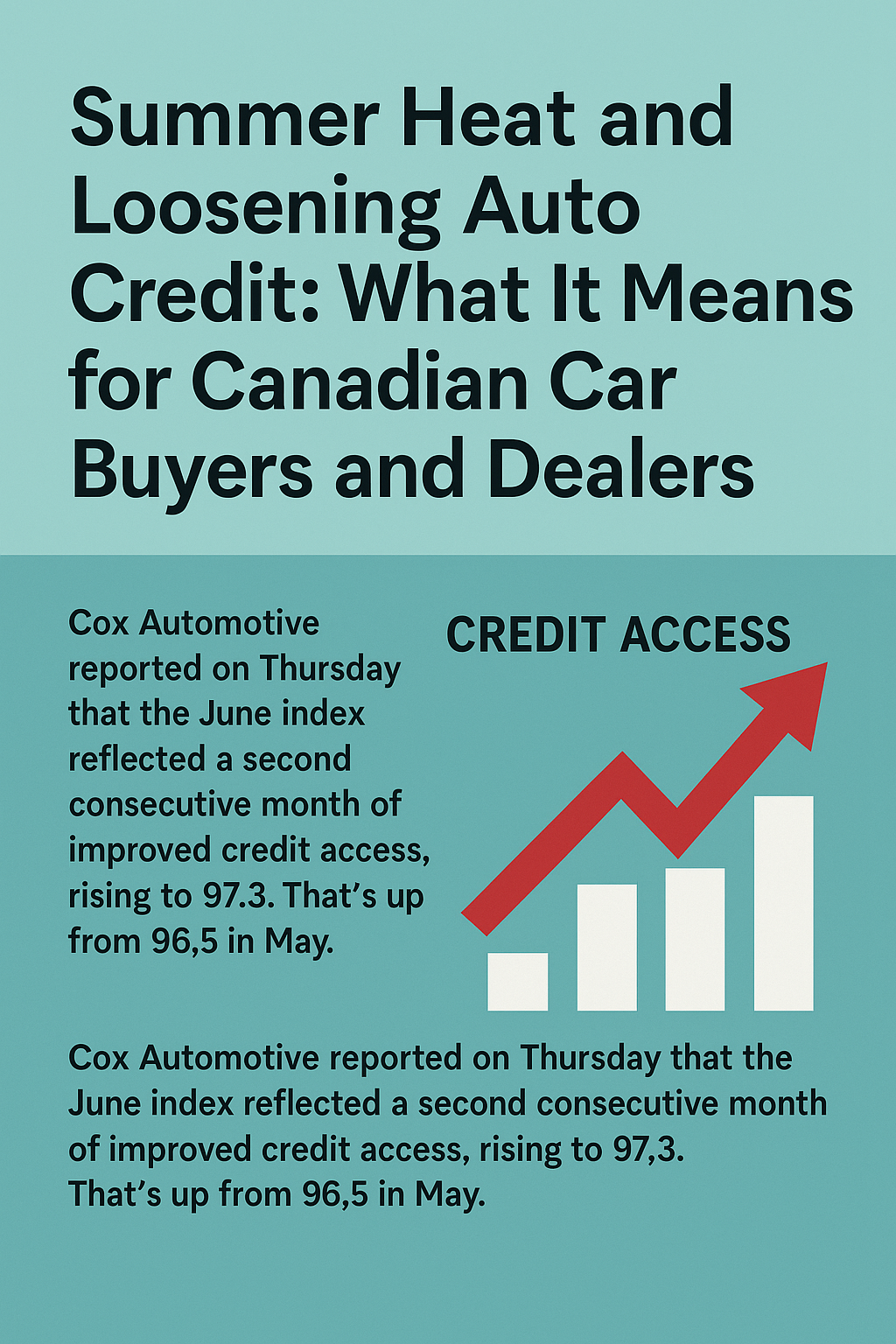Article from Jim Henry below.
I don’t have the same opinion.
Multiple OEMs already offer subvented rates to shoppers with subprime credit. I’ve been working on non-prime financing for over a decade now and there are multiple options for this growing consumer segment, from captive to independent finance companies.
New car manufacturers want consumer retention as much and lenders. Offering new-car subvented rates allows both of them to capture consumers early and nurture them into prime consumers afterwards. Nissan, Kia, Hyundai, Mitsubishi, Chevrolet, etc. all have options for non-prime on small vehicles like the Spark, Micra, Versa, Forte, etc. and also on small entry-level SUVs.
My opinion is that even if the transition to used cars is real, new car sales can still count on non-prime subvented rates. This will represent 1.4 million new vehicles in the USA alone in 2021 and over 150 000 in Canada.
Mike Colleran, Jonathan Smoke, Satyan Merchant
Article here: https://www.forbes.com/sites/jimhenry/2021/02/26/auto-industry-message-to-new-car-shoppers-with-subprime-credit-forget-it
Feb 26, 2021,11:26am EST
Auto Industry Message To New-Car Shoppers With Subprime Credit: Forget It
For shoppers with subprime credit who’d like to buy a new, entry-level car, the U.S. auto industry has a message: Fuhgeddaboudit.
How about a nice used car, instead?
“For the new-vehicle market, the pool of potential buyers is smaller now than it once was,” said Jonathan Smoke, chief economist for Cox Automotive Inc., at the American Financial Services Association annual Vehicle Finance Conference, on Feb. 26.
AFSA is a Washington-based trade association for lenders. Members include banks, the “captive” finance companies for automakers, and independent finance companies.
Used, certified pre-owned cars are “becoming the new entry level,” Smoke said at the conference, which was held online. “We essentially no longer have entry-level vehicles in the new-vehicle market.”
The belief that dealers can somehow find a new car to fit “any” household budget is just that, a myth, he said.
That’s been a gradual, long-term trend. Customers with subprime credit already account for only a small and shrinking percentage of new-vehicle purchases.
According to Experian Automotive, in the third quarter of 2020, new-vehicle auto loans to subprime customers accounted for less than 8% of the total. Five years ago, it was more than 11%. Experian defines credit scores of 600 and below to be subprime.
The difference between haves and have-nots has become even more obvious because of the coronavirus pandemic, on top of the fact that Ford Motor Co., General Motors, and Stellantis, the former Fiat Chrysler have pretty much quit offering small cars in North America, in favor of more profitable small trucks.
Japanese and Korean brands insist they will stay in the car market, although even they have dropped some of the smallest econoboxes in the U.S. market.
Mike Colleran, senior vice president, U.S. marketing and sales for Nissan North America, told the Detroit-based Automotive Press Association in a recent webinar that Nissan will stick with cars, like the Nissan Versa and the Nissan Sentra. “We build great sedans, they are cost effective, they are in our future,” he said.
At the AFSA conference, Smoke said affordability doesn’t seem to be deterring prime-risk, new-vehicle buyers, even though average transaction prices are at or near record highs.
“To those with the best incomes, the best credit scores, there’s no problem with the consumer, even during the pandemic,” Smoke said. “They can easily afford” new-vehicle payments, he said.
Another panelist at the AFSA conference, Satyan Merchant, senior vice president and auto line of business leader at credit bureau TransUnion, said rather than a “V”-shaped recovery, the recovery from the pandemic has been more like a “K.”
That is, there’s a sharp divergence between consumers with stable, better-paying jobs, vs. consumers with low-paying jobs, or who may be unemployed due to the coronavirus.
Merchant said consumers who have to stretch to make a payment are running out of ways to minimize monthly payments.
Underlying interest rates are already low, and can’t get much lower. Loan terms are “capped out,” so borrowers probably don’t have much opportunity to lower their monthly payments by taking out longer-lasting loans, he said.
Meanwhile, “new and used prices keep going up,” he said. “The subprime consumer might be just out of the market.”




